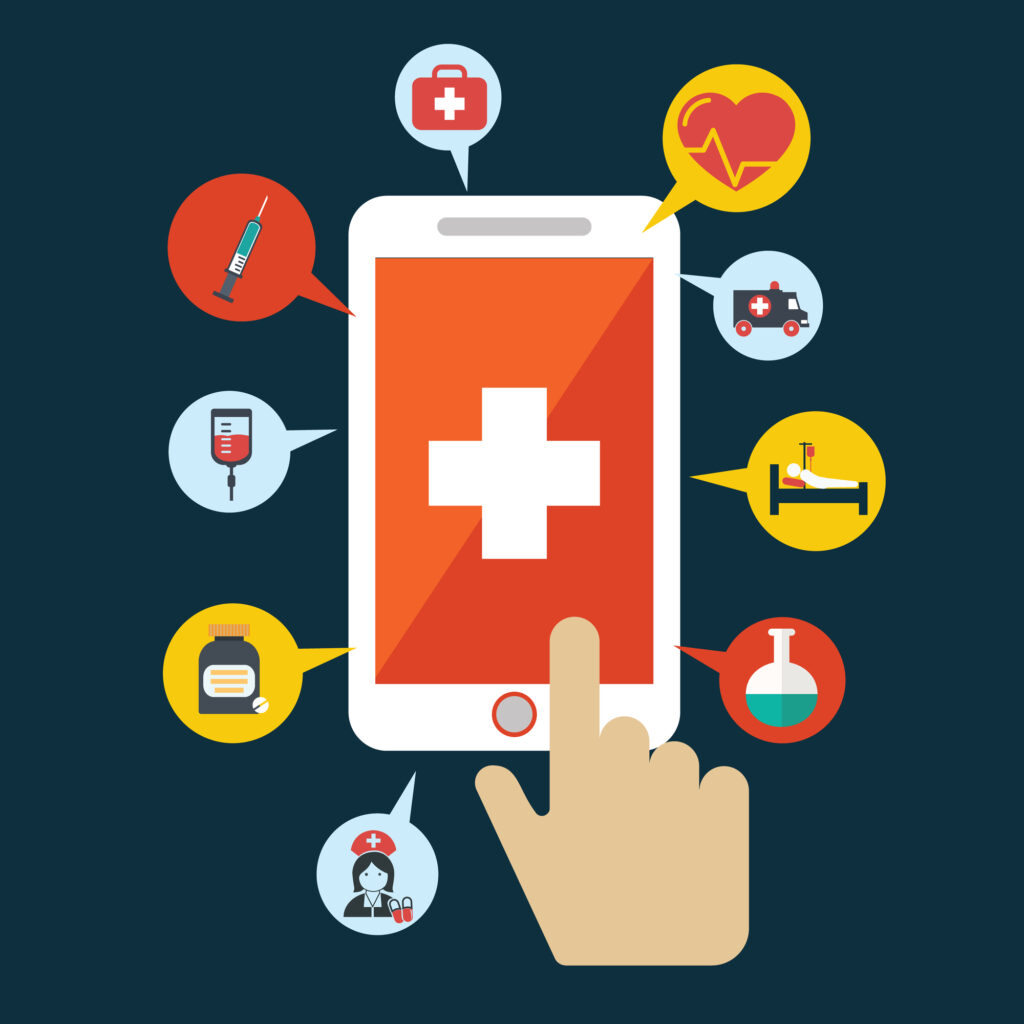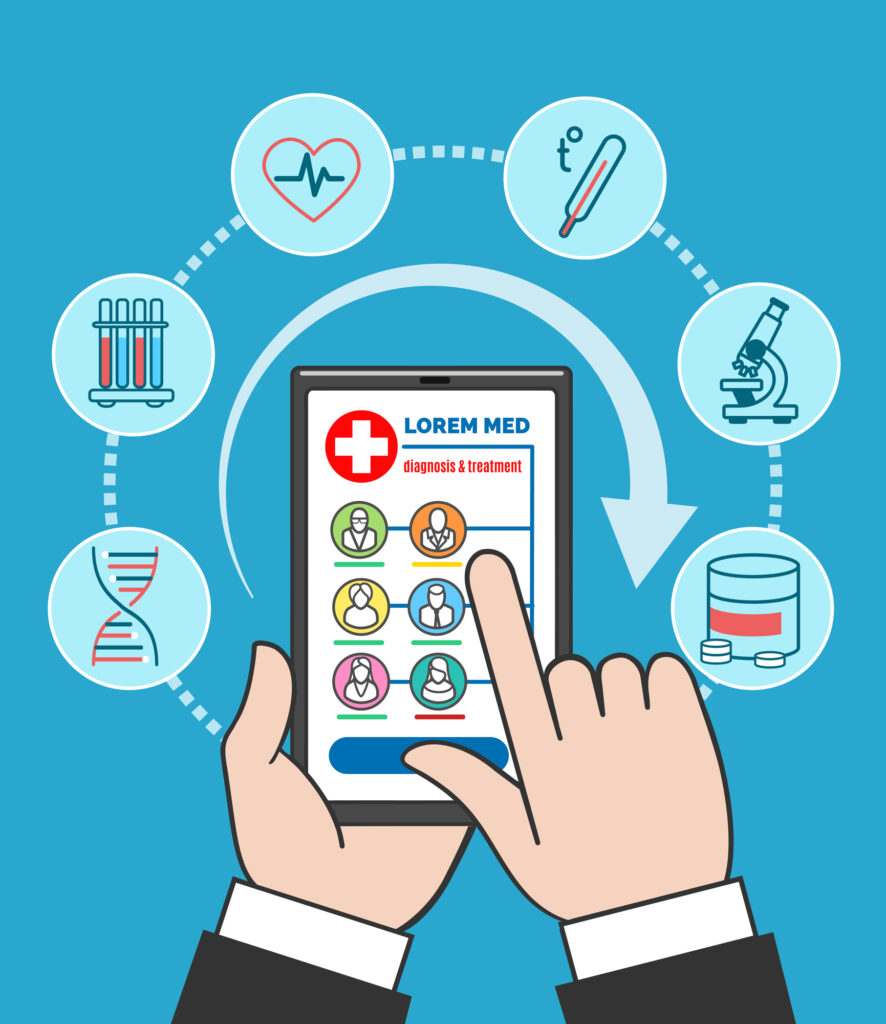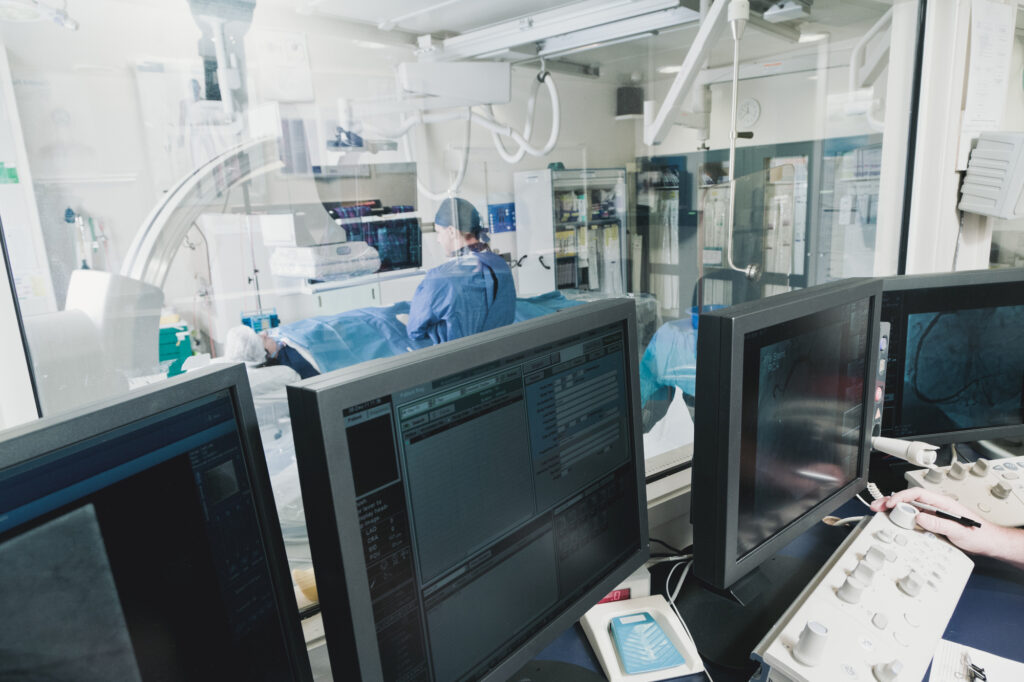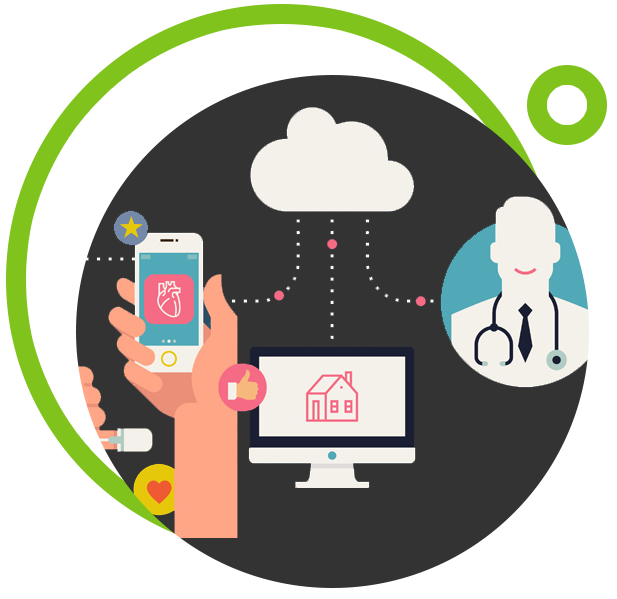
The COVID-19 pandemic has accelerated digital transformation in every major sector, vastly increasing our reliance on technology to meet many of our daily needs. And healthcare is no exception! Our health systems have greatly expanded their digital footprint to better serve our patients, empowering them to perform routine tasks without leaving the comfort of their home—such as paying bills, requesting medication refills, and even receiving personal health updates digitally.
Headquartered in Louisville, Kentucky, Baptist Health has experienced tremendous growth in recent years, with significant increases in new digital properties and public-facing websites. To better manage these digital services, Baptist Health has selected Tido to plan and implement test automation for nine hospital websites and a newly created mobile app.
- Kevin Smith (Asst. VP, Digital Engagement) emphasizes how digital strategy and transformation will play a crucial role in enhanced patient outcomes, greater efficiency, and financial viability for healthcare organizations.
- Erik Helton (Manager of Digital Optimization) recognizes that it is critical for every mobile and web application to be thoroughly tested for functionality, compatibility, performance, accessibility, accuracy, compliance, and usability to provide an excellent experience for everyone and improve patient outcomes.
- Katie Jimenez (Director of Digital Strategy) has been an incredible ally in this partnership. Since Baptist Health invested in their automation strategy and implementation, Tido has been thorough in our support—testing applications at every stage of development and monitoring their performance post-launch.
What is “Automated Website Testing” and why is it Important?
Web-testing always needs to be performed when a change has been made to a webpage—to ensure no errors have occurred, and that the change was initiated by the company, instead of a bug or other issue. Traditionally, this process was done with live manual testing. However, as the number of pages grow on a website, continuous live-testing can become an impossibly arduous task to complete.
This is where automated testing makes an enormous difference. Tido has developed an incredibly efficient protocol for optimizing this process. As we live-test websites and other digital assets, Tido simultaneously writes test scripts while building a robust test suite to completely automate the process—saving precious time and resources for healthcare organizations.
Why it’s important:
- Improved time management, so teams don’t need to spend as much time live-testing.
- Cost savings for quality assurance (QA) resources.
- Increased ROI, as fewer internal resources are needed for testing web and mobile properties.
- Efficiency of test suite reuse for other projects.
- Faster feedback from running tests/regressions.
- Detailed test analytics and live monitoring of web and mobile properties.
- Higher test coverage.
Different Types of Testing
- Functionality Testing: Testing all forms, web apps, and other functional features of a webpage.
- Compatibility Testing: Testing to ensure webpage displays correctly across a multitude of different devices.
- Performance Testing: Testing to make sure webpages work under heavy loads. Gathering and testing data such as load time.
- Cross-Browser Testing: Testing to ensure webpage displays correctly across a combination of different browsers.
- Accessibility Testing: Testing to ensure that the webpage is usable by people with disabilities.
- Usability Testing: Testing all menus, buttons, and navigational links.
Tido’s Test Automation Strategy
Understanding our client’s needs and mining their web analytics is the first step in figuring out the priorities for each client. Along with understanding which sites are visited the most, web analytics provide crucial data—such as which browser, device, and platform are preferred by patients. Once we establish our goals and priorities, we can begin the process of testing.
For our test suites, some of the tools and frameworks that assist us in the automation process include:
- Real Devices Cloud (Sauce Labs): This cloud-based continuous platform enables us to run our automated test suite across desktops, emulators, simulators, and real devices. Along with cross-browser and compatibility testing, Sauce Labs provides performance reports and real-time feedback of tests in progress.
- Selenium and Appium: We incorporate both of these test automation frameworks in conjunction with Java using Eclipse IDE. Selenium is an open-source test automation tool used for desktop testing, and the Selenium WebDriver allows for easy Cross-Browser/Platform testing. Appium is an open-source test automation tool suite used for mobile app testing. The Appium framework allows us to test an organization’s website using a combination of different mobile platforms and devices.
- TestNG: An open-source automation testing framework for writing unit tests and generating test results. TestNG allows the execution of multiple tests in parallel.
- Deque AXE: A library to run web accessibility tests in Java projects with the Selenium automation tool.
Tido’s Test Automation Services Makes Digital Transformation Easy!
Tido’s EHR and Digital Test Automation services provide end-to-end testing of all workflows, establishing the best user experience for your EHR, hospitals systems, web, and mobile applications. Contact us today for more information!
About Tido Inc.
Since 2007, Tido has partnered with many health systems, agencies, vendors in the US and Canada to provide top-of-the-line integration, digital, and test automation packages.
Tido’s digital team consists of full stack mobile and web developers, test engineers, designers, business analysts, quality assurance analysts, and project managers. Our team uses cutting-edge technologies and the most up-to-date standards to develop high-quality mobile and web applications for healthcare organizations. We also place a high priority on accessibility for staff and patients, to provide best experience possible for all users.
As stated simply by Vik Patel (COO, Tido) on This Week in Health Tech Podcast, “You can never have enough testing!”
About Baptist Health System
Founded in 1924, Baptist Health has been bringing advanced medical technology, modern facilities, and many of the region’s most prominent physicians and medical professionals to our communities for nearly a century. With nine hospitals, Baptist has more than 2,700 licensed beds.
Baptist Health has more than 300 points of care including outpatient facilities, which offer urgent care, occupational medicine, physical therapy, and diagnostics. Home care is also available in 39 counties in Kentucky, six counties in Illinois, and six counties in Southern Indiana. Our physician network of more than 3,000 employed and affiliated physicians continues to grow, as we endeavor to improve access to healthcare and enhance the health of Kentucky as a whole.





 All health systems, no matter if they are small, medium, or large are dealing with increasing number of applications. The COVID-19 pandemic has accelerated digital transformation in every major sector, vastly increasing our reliance on technology to meet many of our daily needs. And healthcare is no exception! Our health systems have greatly expanded their digital footprint to better serve our patients, empowering them to perform routine tasks without leaving the comfort of their home—such as paying bills, requesting medication refills, and even receiving personal health updates digitally.
All health systems, no matter if they are small, medium, or large are dealing with increasing number of applications. The COVID-19 pandemic has accelerated digital transformation in every major sector, vastly increasing our reliance on technology to meet many of our daily needs. And healthcare is no exception! Our health systems have greatly expanded their digital footprint to better serve our patients, empowering them to perform routine tasks without leaving the comfort of their home—such as paying bills, requesting medication refills, and even receiving personal health updates digitally.